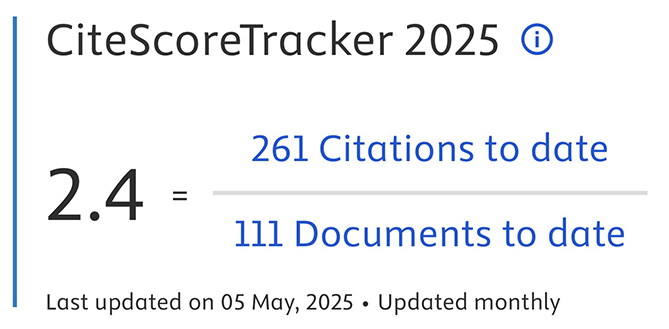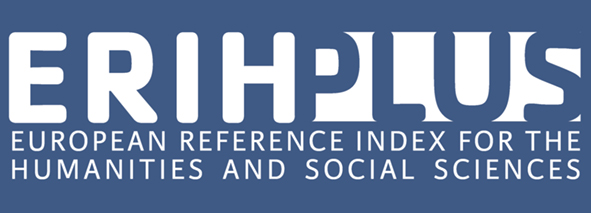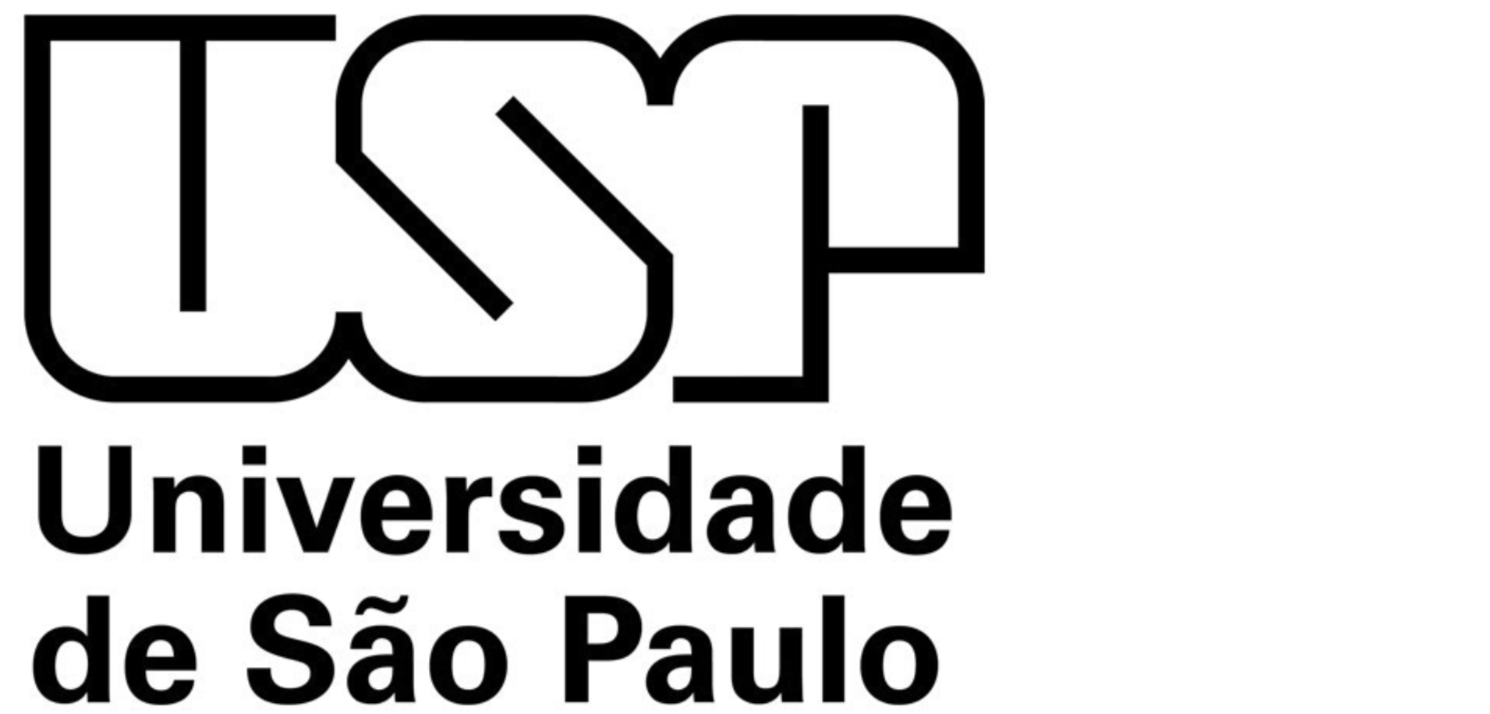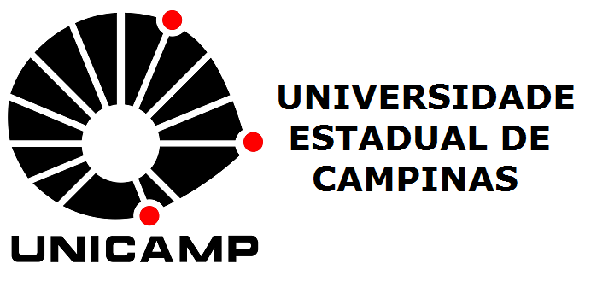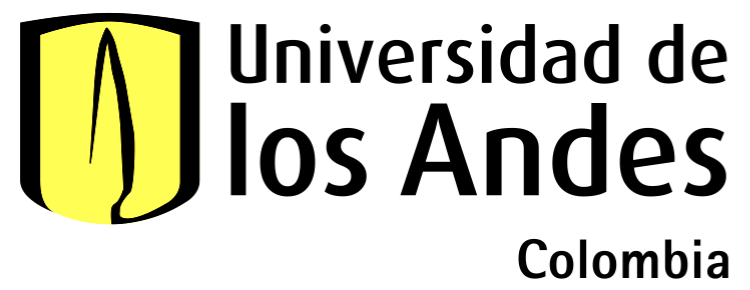Form follows emotion – Tailored design and regenerative approaches in healthcare environments
DOI:
https://doi.org/10.69143/2464-9309/1732025Keywords:
tailored design, regenerative design, patient care, interior design, social sustainabilityAbstract
This paper explores the evolution of Interior Design, focusing on the role of empathy and the emotional impact of spatial design in healthcare settings. Beginning with the twentieth-century principle of form / follows / function, design has gradually integrated emotional dimensions, as demonstrated by various Made in Italy experiments since the 1950s. In this context, this contribution examines regenerative design through a multidisciplinary lens that incorporates neuroscience, environmental psychology, and spatial definition. The Santa Croce and Carle Hospital case study in Cuneo illustrates how the humanisation of care environments can enhance patients’ well-being and foster resilience. Within this framework, the paper positions design as a driving force in achieving the Sustainable Development Goals (SDGs), contributing to an improved quality of life, and increased social sustainability.
Article info
Received: 27/03/2025; Revised: 30/04/2025; Accepted: 03/05/2025
Downloads
Article Metrics Graph
References
Al Khatib, I. F., Fatin, S. and Malick, N. (2024), “A systematic review of the impact of therapeutical biophilic design on health and wellbeing of patients and care providers in healthcare services settings”, in Frontiers in Built Environment, vol. 10, p. 1-16. [Online] Available at: doi.org/10.3389/fbuil.2024.1467692 [Accessed 22 April 2025].
Braidotti, R. (2013), The posthuman, Polity, Cambridge.
Casiddu, N., Burlando, F. and Chen, B. (2024), “Human-de-centred Design – Verso una (nuova) era della sofferenza | Human-de-centred Design – Towards a (new) era of suffering”, in Agathón | International Journal of Architecture, Art and Design, vol. 16, pp. 242-249. [Online] Available at: doi.org/10.19229/2464-9309/16212024 [Accessed 22 April 2025].
Brambilla, A., Rebecchi, A. and Capolongo, S. (2019), “Evidence Based Hospital Design. A literature review of the recent publications about the EBD impact of built environment on hospital occupants’ and organisational outcomes”, in Annali di Igiene – Medicina Preventiva e di Comunità, vol. 31, issue 2, pp. 165-180. [Online] Available at: doi.org/10.7416/ai.2019.2269 [Accessed 22 April 2025].
Dilani, A. (2001), Design and Health – The Therapeutic Benefits of Design, Svenskbyggtjänst, Stockholm.
Elliot, A. J. and Maier, M. A. (2014), “Color Psychology – Effects of Perceiving Color on Psychological Functioning in Humans”, in Annual Review of Psychology, vol. 65, pp. 95-120. [Online] Available at: doi.org/10.1146/annurev-psych-010213-115035 [Accessed 22 April 2025].
Francesco (2015), Laudato si’ – Lettera enciclica sulla cura della casa comune, Paoline Editoriale Libri, Roma.
Gregotti, V. (1972), Il territorio dell’architettura, Feltrinelli, Milano.
Hamilton, D. K. and Watkins, D. H. (2009), Evidence-Based Design for Multiple Building Types, Hoboken, John Wiley & Sons, New York.
Jencks, C. (2010), The Architecture of Hope – Maggie’s Cancer Caring Centres, Frances Lincoln, London.
Kaplan, S. (1995), The restorative benefits of nature – Toward an integrative framework”, in Journal of Environmental Psychology, vol. 15, issue 3, pp. 169-182. [Online] Available at: doi.org/10.1016/0272-4944(95)90001-2 [Accessed 22 April 2025].
Kellert, S. R., Heerwagen, J. H. and Mador, M. L. (2008), Biophilic Design – The Theory, Science and Practice of Bringing Buildings to Life, John Wiley & Sons, Hoboken, NJ.
Kellert, S. R. and Calabrese, E. F. (2015), The Practice of Biophilic Design. [Online] Available at: researchgate.net/publication/321959928_The_Practice_of_Biophilic_Design [Accessed 22 April 2025].
Lepik, A. and Beygo, A. (eds) (2017), Francis Kéré – Radically Simple, Hatje Cantz, Berlin.
Lynch, K. (1960), The Image of the City, MIT Press, Cambridge (MA).
Maldonado, T. (1976), Disegno industriale – Un riesame, Feltrinelli, Milano.
Mallgrave, H. F. (2015). L’empatia degli spazi – Architettura e neuroscienze, Johan & Levi, Milano.
Mang, P. and Reed, B. (2011), “Designing from place – A regenerative framework and methodology”, in Building Research & Information, vol. 40, issue 1, pp. 23-38. [Online] Available at: doi.org/10.1080/09613218.2012.621341 [Accessed 22 April 2025].
Neutra, R. J. (2015), Progettare per sopravvivere [or. ed. Survival through design, 1954], Edizioni di Comunità, Roma.
Norberg-Schulz, C. (1982), Esistenza, spazio e architettura, Officina Edizioni, Roma.
Norberg-Schulz, C. (1979), Genius Loci – Towards a Phenomenology of Architecture, Rizzoli, New York.
Norman, D. A. (2004), Emotional Design – Why We Love (or Hate) Everyday Things, Basic Books, New York.
Pallasmaa, J. (1996), The Eyes of the Skin – Architecture and the Senses, Academy Editions, London.
Pazzaglia, F. and Tizi, L. (2022), Che cos’è il Restorative Design, Carocci, Roma.
Ponti, G. (1957), Amate l’architettura – L’architettura è un cristallo, Società Editrice Vitali e Ghianda, Genova.
Rogers, E. N. (1958), Esperienza dell’Architettura, Einaudi, Torino.
Robinson, S. and Pallasmaa, J. (eds) (2015), La mente in architettura – Neuroscienze, incarnazione e il futuro del design, Cortina Raffaello, Milano.
Sullivan, L. H. (1896), “The tall office building artistically considered”, in Lippincott’s Magazine, vol. 57, pp. 403-409. [Online] Available at: ia801307.us.archive.org/29/items/tallofficebuildi00sull/tallofficebuildi 00sull.pdf [Accessed 22 April 2025].
Ulrich, R. S. (1984), “View through a window may influence recovery from surgery”, in Science, vol. 224, issue 4647, pp. 420-421. [Online] Available at: doi.org/10.1126/science.6143402 [Accessed 22 April 2025].
Ulrich, R. S., Zimring, C., Joseph, A., Quan, X. and Choudhary, R. (2008), The role of the physical environment in the hospital of the 21st century – A once-in-a-lifetime opportunity, The Center for Health Design, Concord (CA). [Online] Available at: healthdesign.org/sites/default/files/Role%20 Physical%20Environ%20in%20the%2021 st%20Century%20Hospital_0.pdf [Accessed 22 April 2025].
UN – United Nations (2015), Transforming our world – The 2030 Agenda for Sustainable Development, document A/RES/70/1. [Online] Available at: sustainabledevelopment.un.org/index.php?page=viewandtype=111andnr=8496andmenu=35 [Accessed 22 April 2025].
Valenti, A., Trimarchi A. and Farresin, S. (2023), “Design e pensiero ecologico – Le nuove narrative del progetto contemporaneo che mettono la Terra in primo piano | Design and ecological thinking – The new narratives of contemporary design placing Earth on centre stage”, in Agathón | International Journal of Architecture, Art and Design, vol. 13, pp. 19-30. [Online] Available at: doi.org/10.19229/2464-9309/1312023 [Accessed 22 April 2025].
Villani, P. and Romagnoli, F. (2023), “Modularità e personalizzazione per le cure domiciliari – Configurazione e analisi multicriteri degli arredi | Modularity and customisation for home care – Configuration and multicriteria analysis of furnishings”, in Agathón | International Journal of Architecture, Art and Design, vol. 14, pp. 236-249. [Online] Available at: doi.org/10.19229/2464-9309/14202023 [Accessed 22 April 2025].
WHO – World Health Organization (2009), Natural Ventilation for Infection Control in Health-Care Settings. [Online] Available at: iris.who.int/bitstream/handle/10665/44167/9789241547857_eng.pdf?sequence=1&isAllowed=y [Accessed 22 April 2025].
Zeisel, J. (2006), Inquiry by design – Environment/behavior/neuroscience in architecture, interiors, landscape, and planning, W. W. Norton & Company, New York, NY.
Zevi, B. (1948), Saper vedere l’architettura – Saggio sull’interpretazione spaziale dell’architettura, Einaudi, Torino
Zilli, S. (2022), “L’innovazione sostenibile rivoluziona il concetto di sviluppo economico”, in Quaderni di Comunità | Persone, Educazione e Welfare nella Società 5.0, vol. 3, pp. 73-78. [Online] Available at: doi.org/10.61007/QdC.2022.3.92 [Accessed 22 April 2025].
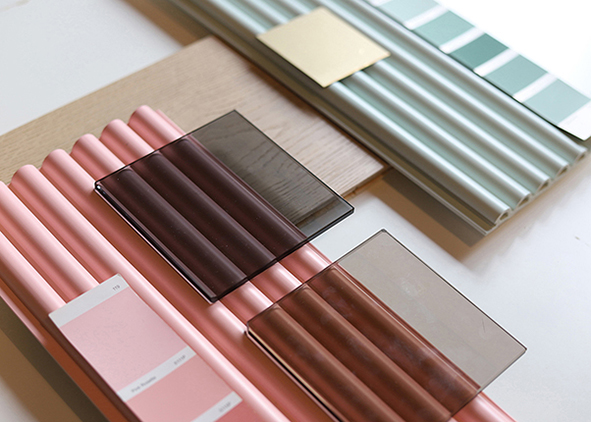
Downloads
Published
How to Cite
Issue
Section
Categories
License
Copyright (c) 2025 Maria Benedetta Spadolini, Luca Parodi

This work is licensed under a Creative Commons Attribution 4.0 International License.
This Journal is published under Creative Commons Attribution Licence 4.0 (CC-BY).
License scheme | Legal code
This License allows anyone to:
Share: copy and redistribute the material in any medium or format.
Adapt: remix, transform, and build upon the material for any purpose, even commercially.
Under the following terms
Attribution: Users must give appropriate credit, provide a link to the license, and indicate if changes were made; users may do so in any reasonable manner, but not in any way that suggests the licensor endorses them or their use.
No additional restrictions: Users may not apply legal terms or technological measures that legally restrict others from doing anything the license permits.
Notices
Users do not have to comply with the license for elements of the material in the public domain or where your use is permitted by an applicable exception or limitation.
No warranties are given. The license may not give users all of the permissions necessary for their intended use. For example, other rights such as publicity, privacy, or moral rights may limit how you use the material.






